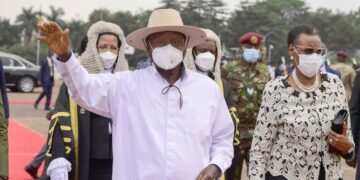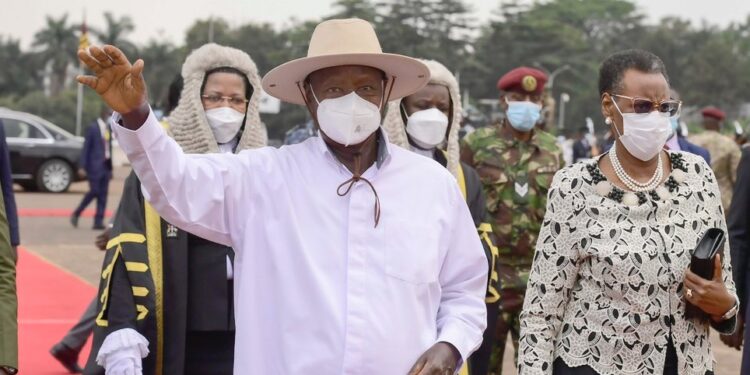President Yoweri Kaguta Museveni has revealed that with USD 1,182 per capita, Uganda has entered the lower middle-income status.
According to the World Bank, Lower Middle-Income economies are those with a GNI per Capita of $13,846 or more.
Speaking at the State of the Nation Address, held at the Kololo Ceremonial grounds, Museveni said the National Resistance Movement measures have enabled Uganda’s economy to grow from USD1.5bn in 1986 to USD 55bn by the forex exchange method and USD 180.29 bn by the Purchasing Power Parities (PPP)method.
Museveni added that the correct philosophy, ideology and strategy of the NRM, have enabled the economy and society of Uganda to go through five phases since 1986.
These phases are: (i) The minimum economic recovery phase of restoring aspects of the small, colonial enclave money economy of the 3Cs and 3Ts (cotton, coffee, copper, tea, tobacco and tourism), (ii) Expanding that enclave with the more production of coffee, tea, etc, (iii) The diversification of the enclave economy by commercializing the production of bananas, cassava, milk, fruits, palm oil, cocoa, fish, beef, etc.; (iv) Adding value to some of these raw–materials such as cotton, fruits, milk, tea, timber, sugar, etc. and (v) The knowledge economy, through the production of vaccines, the automobile industry, etc.
He noted that Uganda’s economy and society, is moving forward, “the mistakes by some actors notwithstanding. The foreigners interfering in our internal affairs are not a threat at all. I have written a piece, I will share with the Ugandans on that. The real threat to Africa’s progress, has been internal weaknesses, such as undermining the Private sector (Amin, expelling the Asians, Nakivubo announcements, etc.), wrong concept of Army building, sectarianism, corruption, etc.”








